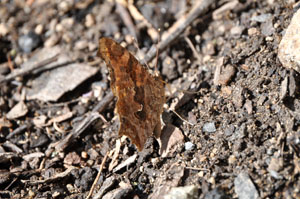Posted by · Leave a Comment
 I hadn’t made apple butter for years before this Fall (and I LOVE apple butter!).
I hadn’t made apple butter for years before this Fall (and I LOVE apple butter!).
I remember slaving over my first batch when the children were very little. The hours at the stove…the slow, slow simmer…the aroma that filled the house…the toddlers who turned their noses up at the texture! That’s right: neither of them liked it. At all. Of course, I found this out AFTER the batch was finished. Needless to say, the apple butter page in the Ball Blue Book went unused for years (I can tell because that particular page is clean—as in no stains/spills/rings or other canning “footprints” that divulge years of use).
This was the year I broke out the cinnamon and gave it another shot—for the kids! I am sure in years past, I made a small batch here or there but can’t really recall. I’m happy to report: they both love it. Well, now they love it.
Maybe a few more years down the road when that apple butter page has earned its stains, spills, and rings, I’ll forget about the years I didn’t turn to it. On second thought, I probably won’t. It’s a sweet memory, nonetheless.

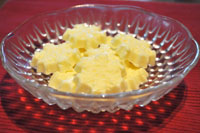 Butter.
Butter.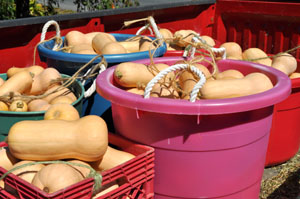
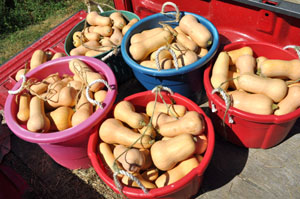 We are in the midst of harvesting the butternuts now. This load is the first picking and represents about 500 pounds. Altogether? We’ll get about 1500 pounds of butternut squash out of the less-than-half packet of seed that was planted.
We are in the midst of harvesting the butternuts now. This load is the first picking and represents about 500 pounds. Altogether? We’ll get about 1500 pounds of butternut squash out of the less-than-half packet of seed that was planted.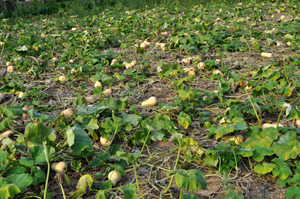 We grow rows and rows of butternut squash to allow proper garden space (after growing butternut for more than 10 years, I am still amazed at the amount of space the squash will eventually require).
We grow rows and rows of butternut squash to allow proper garden space (after growing butternut for more than 10 years, I am still amazed at the amount of space the squash will eventually require).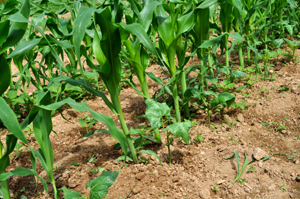 The beans are nestled close to the corn, and once trained, will likely be very happy to hitch a ride on the cornstalks. This saves us the trouble of arranging a trellis of some sort and is a connection to history we’re happy to make.
The beans are nestled close to the corn, and once trained, will likely be very happy to hitch a ride on the cornstalks. This saves us the trouble of arranging a trellis of some sort and is a connection to history we’re happy to make.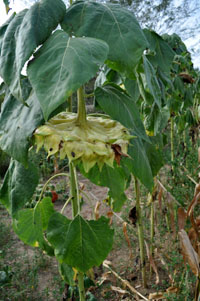
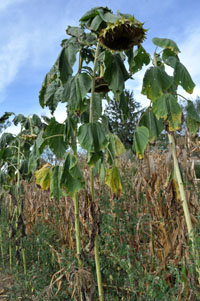 The children have been back at school for two weeks now and we’ve started to harvest butternut squash which can only mean one thing: summer’s officially over.
The children have been back at school for two weeks now and we’ve started to harvest butternut squash which can only mean one thing: summer’s officially over.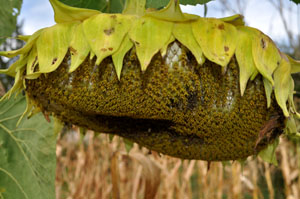
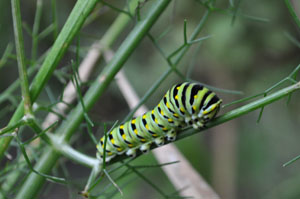 So there I was whacking away at the stalks, when I spotted this beautiful caterpillar balanced on a lower stem. I paused, momentarily, because the stripes were so unique. When I spotted the second one
So there I was whacking away at the stalks, when I spotted this beautiful caterpillar balanced on a lower stem. I paused, momentarily, because the stripes were so unique. When I spotted the second one 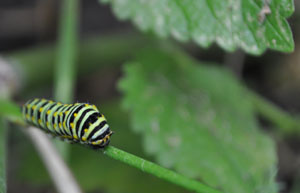 on the stalks, I put down my clippers. What was the connection between these caterpillars and this fennel plant?
on the stalks, I put down my clippers. What was the connection between these caterpillars and this fennel plant? 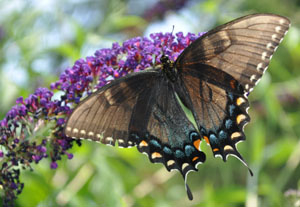 The caterpillars on the fennel plant are Eastern Black Swallowtails and feed on fennel, parsley, carrot, and dill. Wow. What a delicate balance?! I took this picture of a Black Swallowtail in my flower garden two months ago—not realizing how beneficial it would be to have a fennel plant a mere 20 feet away. I think I can learn to love fennel again—because I sure love these butterflies.
The caterpillars on the fennel plant are Eastern Black Swallowtails and feed on fennel, parsley, carrot, and dill. Wow. What a delicate balance?! I took this picture of a Black Swallowtail in my flower garden two months ago—not realizing how beneficial it would be to have a fennel plant a mere 20 feet away. I think I can learn to love fennel again—because I sure love these butterflies.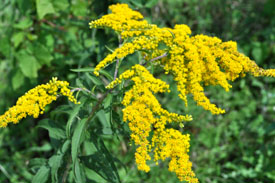
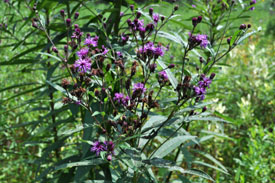
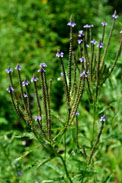
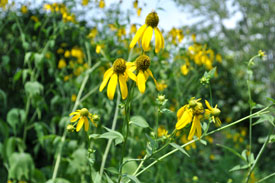
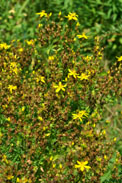
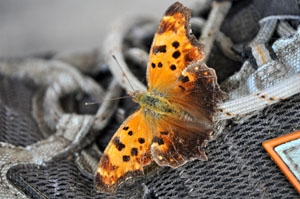 It’s not “just another butterfly.” It’s an Anglewing — so dubbed because of the angled and ragged edges of the wings.
It’s not “just another butterfly.” It’s an Anglewing — so dubbed because of the angled and ragged edges of the wings.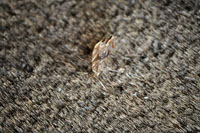 I managed to snap 30 pictures of this single Anglewing in the following 10 minutes. I’m posting three to show the varied appearances this one, specific butterfly is capable of. Remember: the three pictures are the same butterfly!
I managed to snap 30 pictures of this single Anglewing in the following 10 minutes. I’m posting three to show the varied appearances this one, specific butterfly is capable of. Remember: the three pictures are the same butterfly!